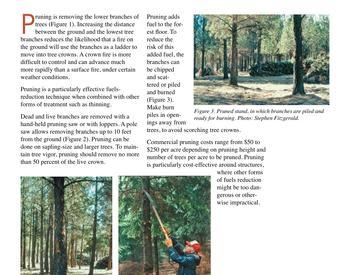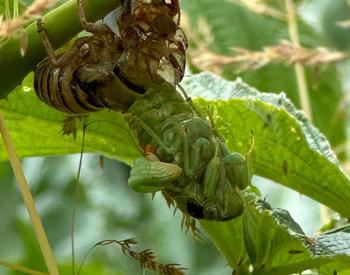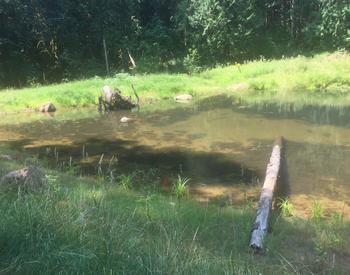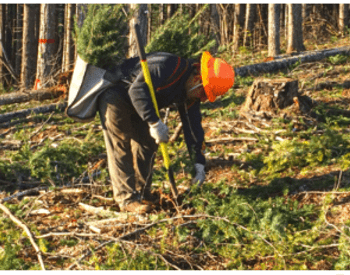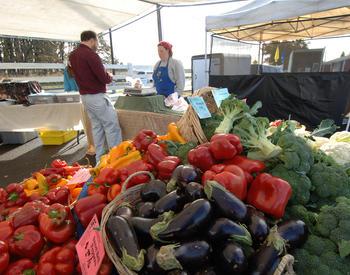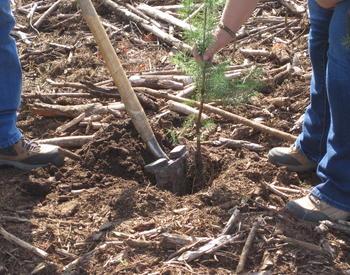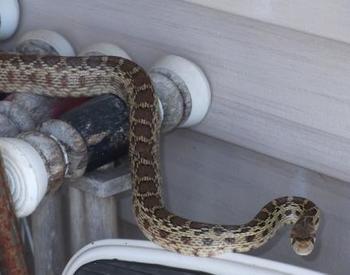Transcript
(upbeat music)
- Bee habitat is most
abundant in younger forests,
in open areas.
But if you're not doing active
management on your property,
there's still lots of opportunities
to be able to enhance bee habitats.
Focus on things like fenced
areas, areas around your home,
roadsides, older forests,
and gaps in older forests.
In areas around your
home, and other buildings,
you can add native pollinator gardens
and other flowering plants that
extend blooming times early
in the spring and late into the winter.
You can also add nesting
opportunities around your home
by adding down debris
in an attractive manner,
or adding water features
that can help fortify
the mud tunnels, or add
drinking water for bees
and other pollinators.
Other areas on your forest
that you can take advantage of,
like power lines or riparian areas,
are great places where you can
enhance flowering resources
and allow down wood to remain.
Also, offering opportunities for bare soil
for other nesting resources.
And just making sure
that those areas are able
to keep providing those
habitat resources over time.
Not a lot of effort to put in.
Open areas like meadows,
are great opportunities
to enhance pollinator habitat.
There's often lots of flowering resources,
and lots of sun for bees
to be warm and happy.
If you do have a meadow,
avoid mowing or grazing
when flowers are in bloom.
This small meadow has
a mixture of non-native
and native plants, like camas.
This meadow's right along a forest edge.
Forest edges are really important,
because they provide
opportunities for one habitat
to meet another,
which can be great habitat
features for pollinators,
but also other wildlife, including birds.
Typically, forest edges
see lots more sunlight,
which is great for those
flowering resources that provide
that food opportunity for
all types of pollinators.
While open areas are
some of the best places
for pollinators, a diversity of habitats
on the landscape means a
diversity of pollinators
on the landscape as well.
It also helps other wildlife,
so in addition to your open areas,
having closed areas where
you include shade-tolerant,
flowering resources can
also be a great benefit
to other pollinators like hover flies.
You can also work with
opened areas, or gaps,
within your closed
canopies to create areas
where you can plant flowering resources
amongst a closed canopy forest.
And any of the areas around your property
can also add nesting habitat.
Adding bare soil, or
mounting soil in sunny areas,
keeping down woody debris,
close to flowering resources.
They are all great opportunities
to allow pollinators
to be able to nest, and be
close to their food resources.
This video describes how to enhance pollinator habitat in places on your forested property that you wouldn't expect. Such as powerlines, edges, fence lines, around buildings, etc.




